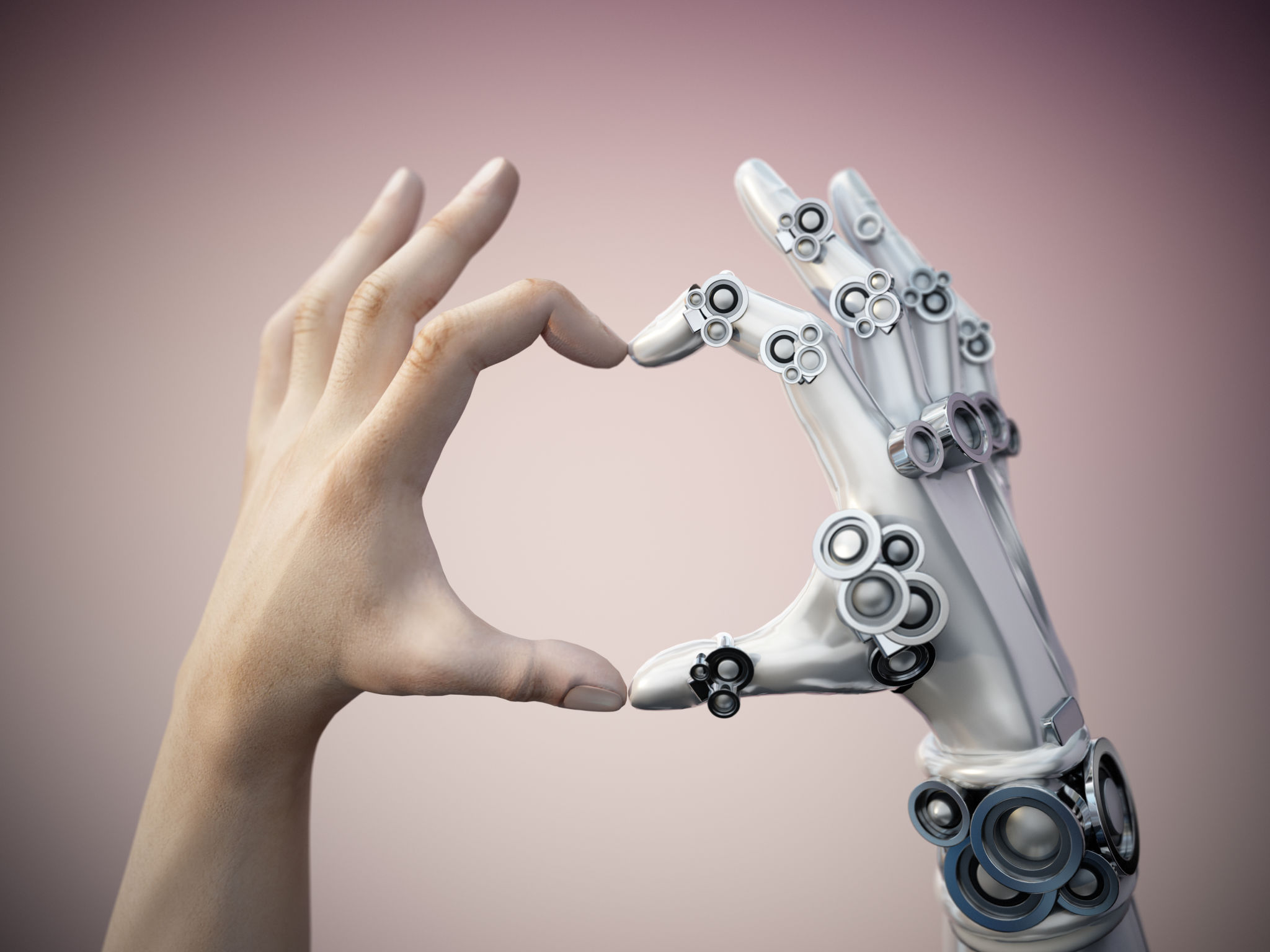Seasonal Safety Preparations: How Industrial Robots Can Help in Texas
As the seasons change, businesses across Texas face unique challenges in maintaining safety standards. From extreme heat in the summer to unexpected cold snaps in the winter, the weather can significantly impact industrial operations. Fortunately, the integration of industrial robots can play a crucial role in enhancing safety during these seasonal transitions.
Understanding Seasonal Risks
Each season brings its own set of risks to industrial environments. In Texas, summer temperatures often soar, posing heat-related risks to both workers and machinery. Conversely, winter can bring unexpected freezes that affect equipment performance and safety protocols. Preparing for these seasonal changes is essential for maintaining operational efficiency and safety.
Industrial robots are uniquely equipped to handle these challenges. By automating tasks that would otherwise expose human workers to extreme conditions, robots help mitigate risks associated with temperature fluctuations.

Enhancing Workplace Safety
One of the primary benefits of industrial robots is their ability to perform repetitive and physically demanding tasks. This capability is especially valuable during extreme weather conditions. For instance, in scorching summer heat, robots can handle outdoor tasks, reducing the risk of heat exhaustion among human workers.
Moreover, robots can be programmed to work in hazardous environments, such as areas with potential chemical exposure. This not only enhances safety but also ensures compliance with local safety regulations.
Automating Safety Checks
Regular maintenance and safety checks are crucial, particularly when dealing with seasonal temperature variations. Industrial robots can be programmed to perform routine inspections and maintenance tasks, ensuring that equipment remains in optimal condition. This proactive approach helps in identifying potential issues before they escalate into serious problems.

Improving Efficiency and Productivity
Beyond safety, industrial robots contribute to increased efficiency and productivity. During seasonal transitions, when human workers may need additional breaks or adjustments in working hours, robots can maintain consistent production levels. This reliability ensures that businesses meet their targets without compromising on safety.
Additionally, robots can be equipped with sensors to monitor environmental conditions, such as temperature and humidity. This data can be used to adjust processes in real-time, optimizing operations and reducing energy consumption.

Training and Integration
To fully leverage the benefits of industrial robots, businesses must invest in proper training and integration. Workers should be trained to operate and maintain robots, ensuring seamless collaboration between humans and machines. This step is essential for maximizing safety and productivity gains.
Furthermore, integrating robots into existing systems requires careful planning and execution. Businesses should work with experienced professionals to ensure that robots are effectively incorporated into their operations.
The Future of Industrial Safety
As technology continues to evolve, the role of industrial robots in ensuring workplace safety will only grow. By embracing automation, Texas businesses can not only safeguard their workers but also enhance their competitiveness in an ever-changing market. Investing in industrial robots is a proactive step towards a safer, more efficient future.
In conclusion, industrial robots offer a myriad of benefits that address the unique safety challenges posed by seasonal changes in Texas. By adopting these technologies, businesses can create safer, more resilient operations that thrive regardless of the season.